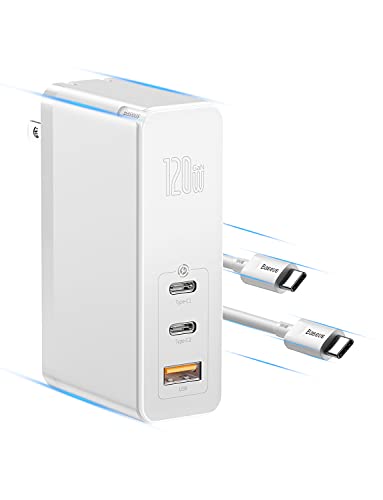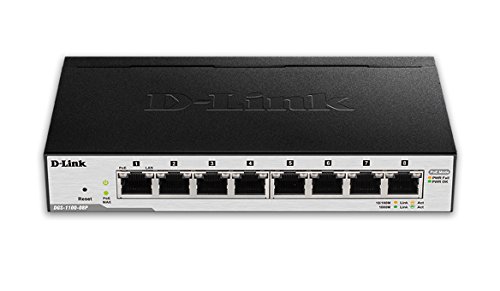What is Vectoring with VDSL2?
The term vectoring was definitely covered when you learned about a VDSL2 Internet connection. Vectoring is required for the latest and fastest VDSL2 technology, allowing data rates of up to 100 Mbps downstream and 40 Mbps upstream.
As you know, your internet connection to the provider is the same copper cable that was previously used as a telephone line only. These individual lines come from all households and are sooner or later bundled together. They lie close together to save space. It can happen that the data, which are transported through the cables, copy themselves by resulting electric fields into another adjacent cable. This effect was there before, and you could then could quietly hear another conversation in the background of your own phone conversation. This process is therefore still called crosstalk . Of course this is also undesirable for Internet traffic, since eventually incoming data chaos has to be retransmitted, which reduces the speed.
Clever solution to prevent mutual interference
Vectoring now takes care of this problem: The provider device where all data lines run together, knows exactly which data is currently being sent by which user on which line. So it is in principle omnipresent in current data transfers. Vectoring is only possible through this constellation: The provider can thus calculate which data transmissions could disrupt which lines and adapt them accordingly by an algorithm. So there is a constant back and forth to compensate for the negative effects of crosstalk.
Since not only the technology is required at the provider, but also your VDSL modem at home has to master this trick, pay attention to the new purchase, that the modem is vectoring-capable. This means that the currently fastest data rates per VDSL2 of 100 Mbps are possible.



